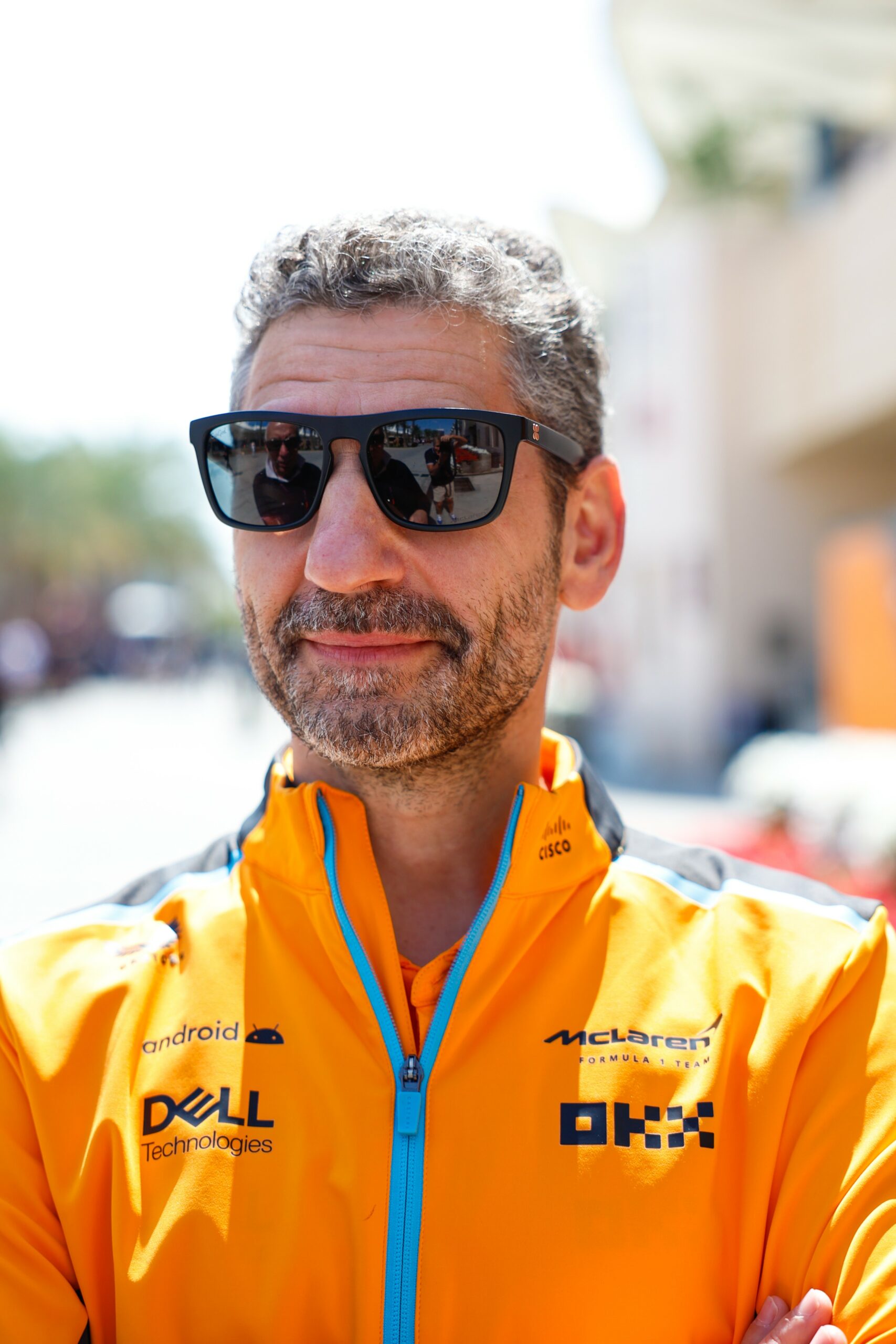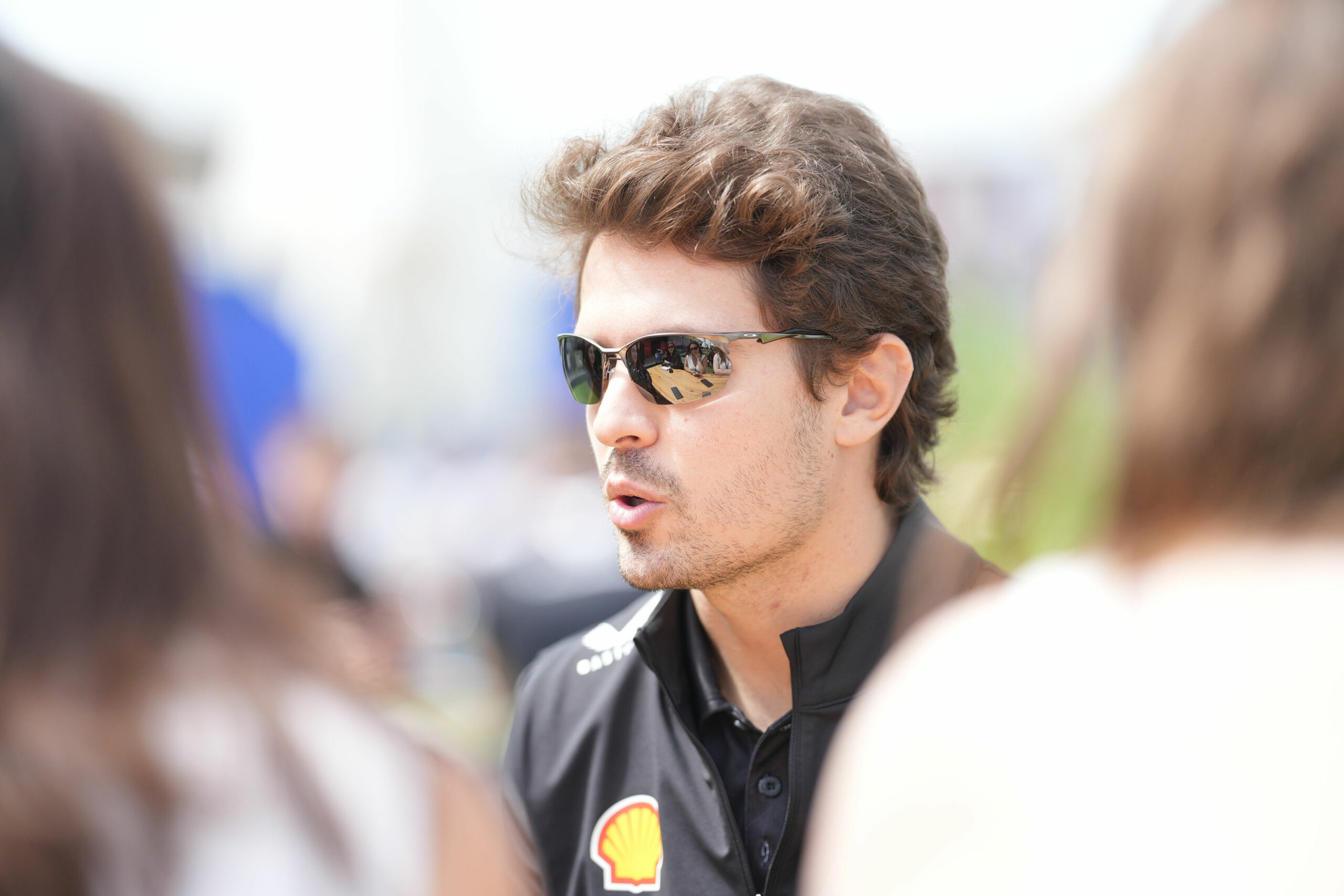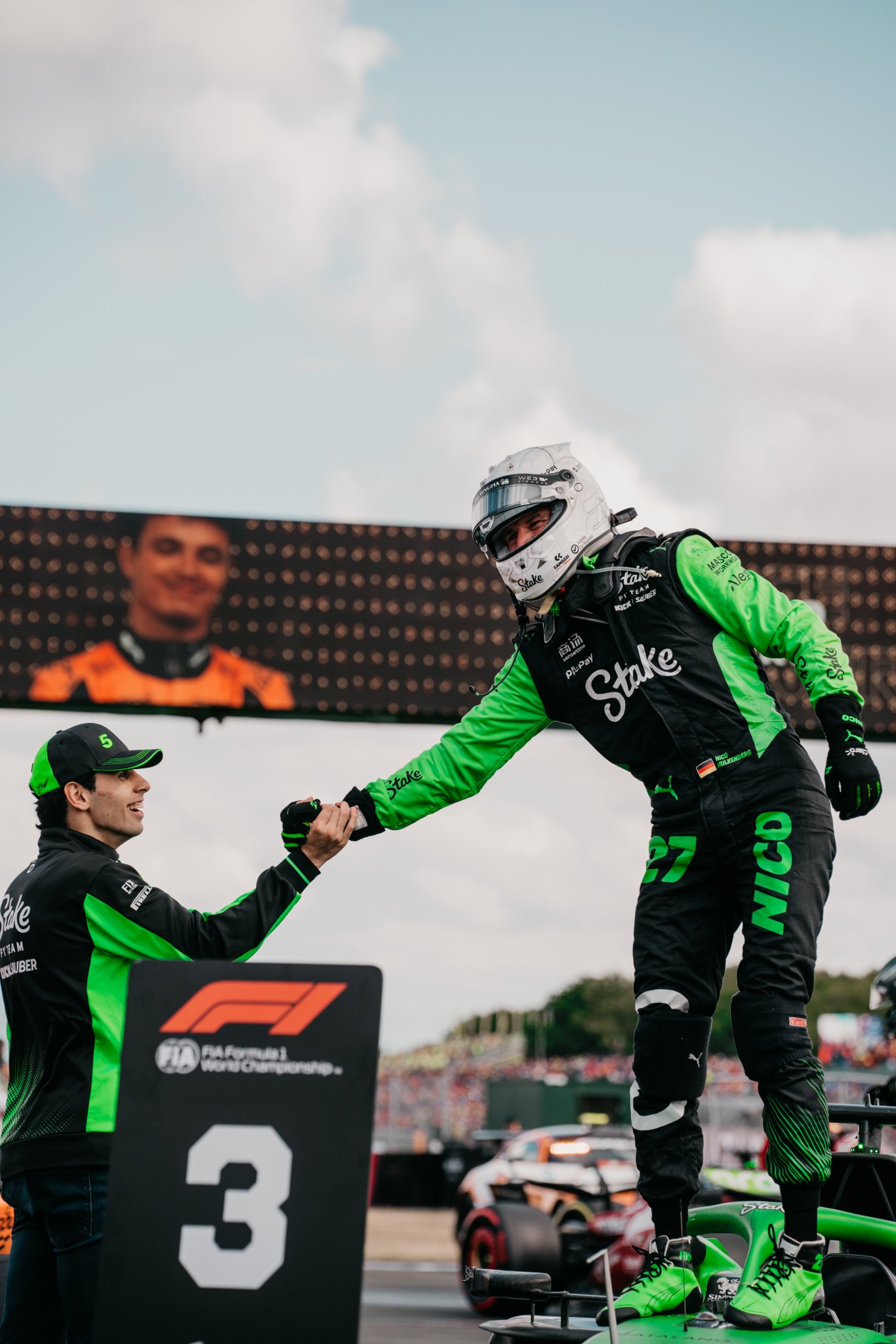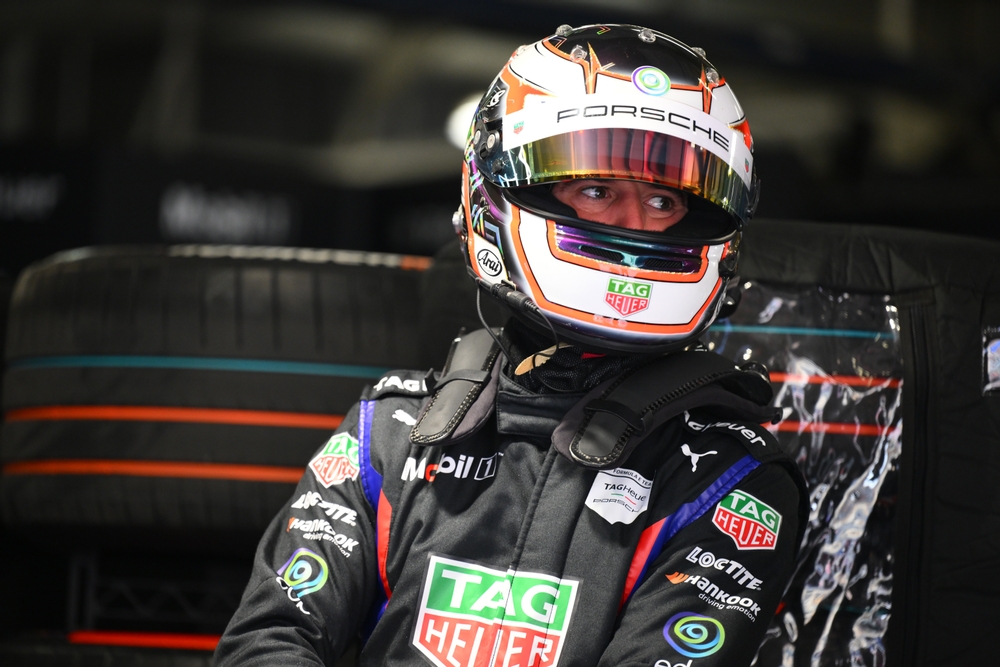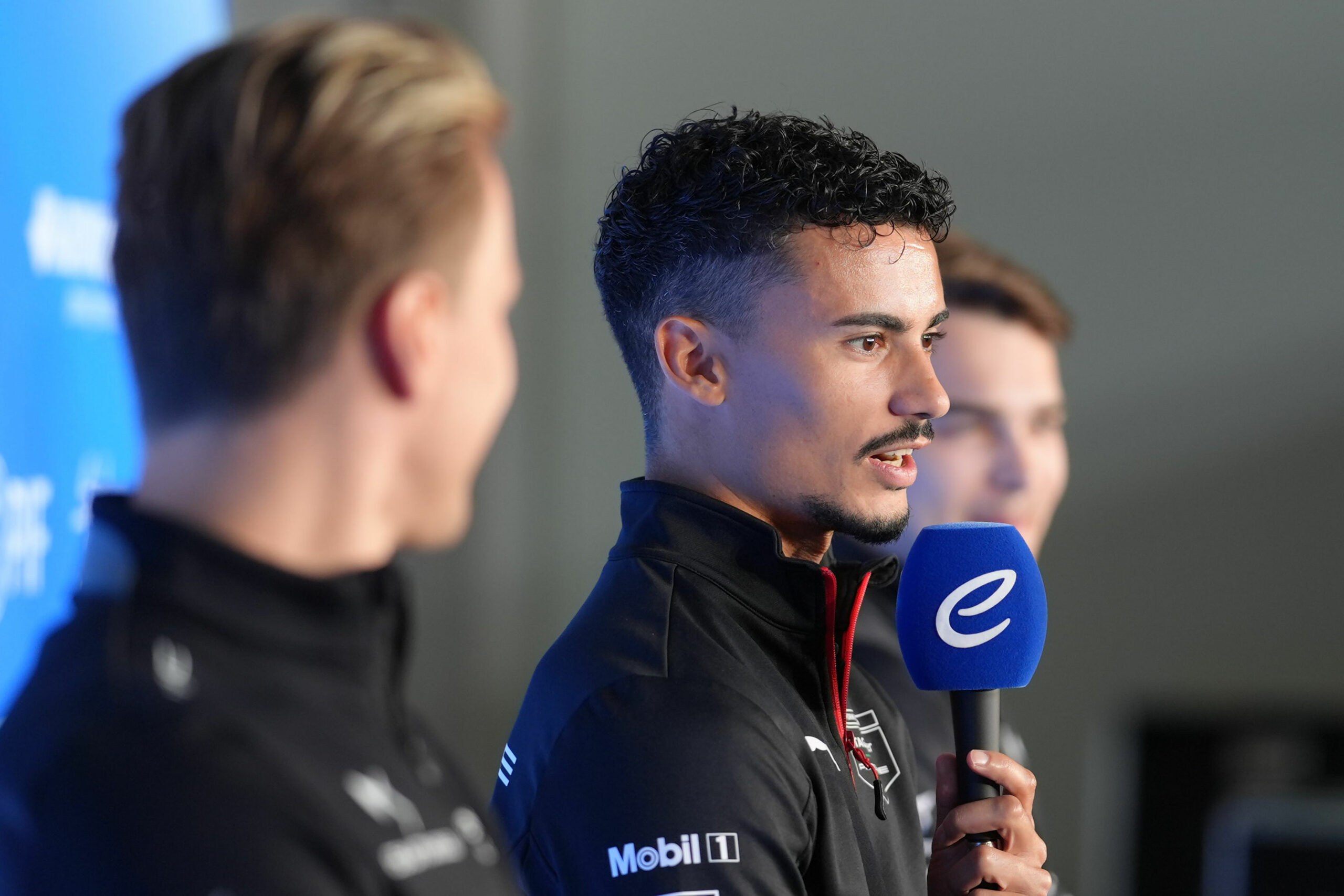Although McLaren introduced a major upgrade package at the United States Grand Prix, their expectations failed to translate into performance on Sunday. Notwithstanding Lando Norris’s pole position in qualifying, both drivers found their race pace to be considerably underwhelming.
With Oscar Piastri coming home in fifth place behind his McLaren teammate—who was handed out a 5-second penalty—the Woking-based team now has to confront the threat of a resurgent Ferrari with the constructors’ championship on the line.
Speaking afterwards, team principal Andrea Stella was asked whether the drivers had the pace to finish higher than the third place (before the penalty) and the fifth place they accomplished at Austin. In spite of not having a clear answer, the Italian was quick to label the SF-24 as the best car of the weekend and remarked that Ferrari would’ve achieved a victory in the Sprint race if the drivers hadn’t wasted crucial time battling each other.
Despite not being convinced that a victory was on the cards for McLaren, Stella commented that finishing right behind the rapid Ferraris was a satisfactory outcome for them. Admitting that the positions Norris lost at the start no longer allowed them to challenge for the win since they focused on making up lost ground, he nonetheless highlighted the pace advantage they had over Red Bull.
“Difficult to say. Difficult to say because not necessarily the two Ferraris needed to push 100% today. We already knew before the race that Ferrari was very likely the best car. I think it was clear throughout the weekend, even yesterday in the Sprint. I think if they had not fought with each other, then they would’ve been able to win the sprint.
“But finishing behind the Ferrari was a good result for us. We were not very far.
“I think Lando [Norris], because of losing the time at the start, in the first corner, kind of needed to assert that he needed to control the pace in the first part of the stint, because then we could extend and try and recover the position at the end by stopping late.
“So, difficult to say if we were in condition to challenge for the victory. I think Ferrari were a little quicker than us. But I mean, it’s reassuring to see that we were faster than Red Bull.”
Stella was also asked to share his assessment on whether the performance gains made by Ferrari and Red Bull forced McLaren off the pace a little bit or if their improved showing was specific to the Circuit of the Americas.
The 53-year-old remarked that the Maranello-based team has been on an upward trajectory for quite a while and that they simply needed to optimise their package to secure another victory. Highlighting the MCL38’s weaknesses in braking at very low speeds and traction in the extremely high-speed sections, Stella also asserted that the RB20 handles these characteristics—which the track in Austin boasts—rather well.
Taking into account these factors, the Italian confessed that their unremarkable performance on Sunday was not an unexpected outcome for the team.
“I think in terms of competitiveness, there’s some multiple factors to consider. When it comes to Ferrari, I’ve said that already during the weekend, they have been quick over the previous races, pretty consistently. If anything, they’ve not been capable of maximising their potential.
“I think in Baku, [Charles] Leclerc, in fairness, was definitely in condition to win the race. In Singapore, we were expecting Leclerc very competitive for pole position. And therefore, then, it would’ve been the same in the race.
“We are not surprised that Ferrari is so close. And then, when we look at the characteristics of the circuit, in particular because of the braking into very low speed, and some very high speed sections, we know that in these two situations, our car is not at the best of its performance. And for instance, the very low speed and the very high speed is also where Red Bull are very good.
“So if we consider that Ferrari, they were already competitive. If we consider the track layout, and if we consider that Red Bull had three weeks to look at data and think what is going on with their car, and we talk about Red Bull, a very competent group of engineers, then I’m not surprised that here in Austin we kind of struggled.”
Nonetheless, the McLaren team boss added that they are optimistic about the upcoming track complementing the traits of the MCL38. Claiming that their Austin package was not too consequential in terms of “uptime impact,” he confirmed that there are a couple of upgrades in the pipeline that the team will introduce in Mexico and Brazil.
“I think the next circuit should be a little bit more suitable to the characteristics of our car.
“We also have to keep developing the car. Like here, we put some developments at the front of the car, but they were nothing too large in terms of potential uptime impact. We have a couple more things that are coming in the next two races.
“We will see if we are in condition to alter the competitiveness of the car. But not a surprise overall.”
When asked to shed some light on the rationale behind the strategy that allowed Norris to build a tyre offset and hunt for a podium finish, Stella admitted that their approach worked better than they had expected. Referring to their struggles in the early stages of the first stint, he revealed that the pit wall was uncertain about being able to extend their stint on mediums and that they only decided to opt for a one-stop strategy once the graining cleared.
Commenting that both drivers had gathered critical information regarding the behaviour of the tyres in the sprint race, Stella elaborated that they were prompted to go long when they realised that they were not in a convenient spot to overtake on track and gain positions.
“Yes, actually the strategy worked well. It worked even better than we anticipated, because when we were in the middle of the first stint, we were struggling a little bit with tyres, and we didn’t think that the tyres would have allowed us to go so fast and so long. But at some stage, the tyres started to go better and better.
“I think it’s when the graining cleaned, we could put together some green sectors and green lap times. So then we decided it’s not a two-stop, it should be a one-stop. And at this stage, because everyone else has pitted, ‘let’s try and go long’.
“It worked pretty well. I think even both Lando [Norris] and Oscar [Piastri] did a good job learning from the sprint as to how you should use the tyres. And once we saw that we were before P5 and we were not in condition to overtake on track, both Lando and Oscar started to think, what do we have to do to go long, and it sort of worked.”

